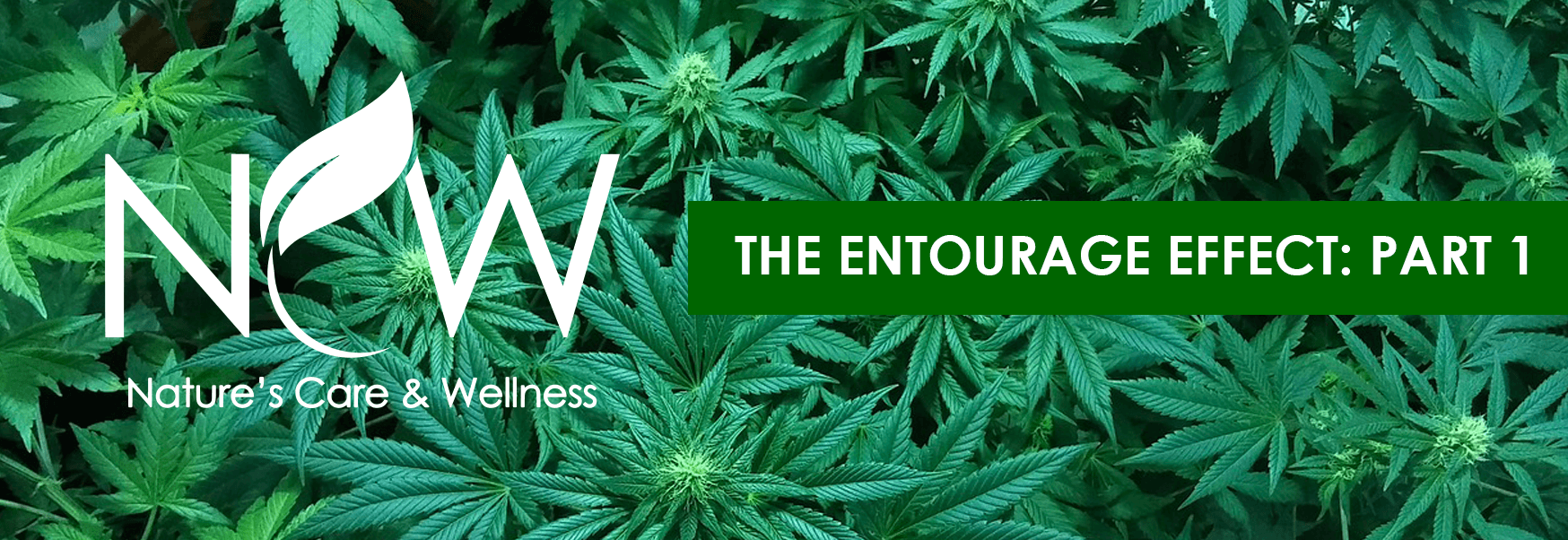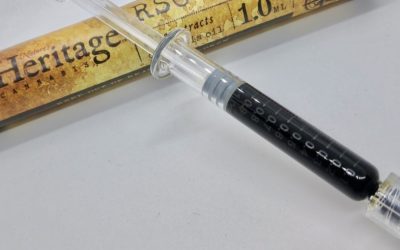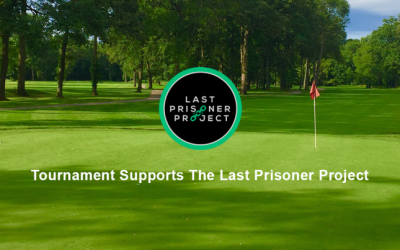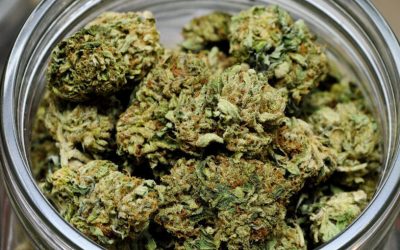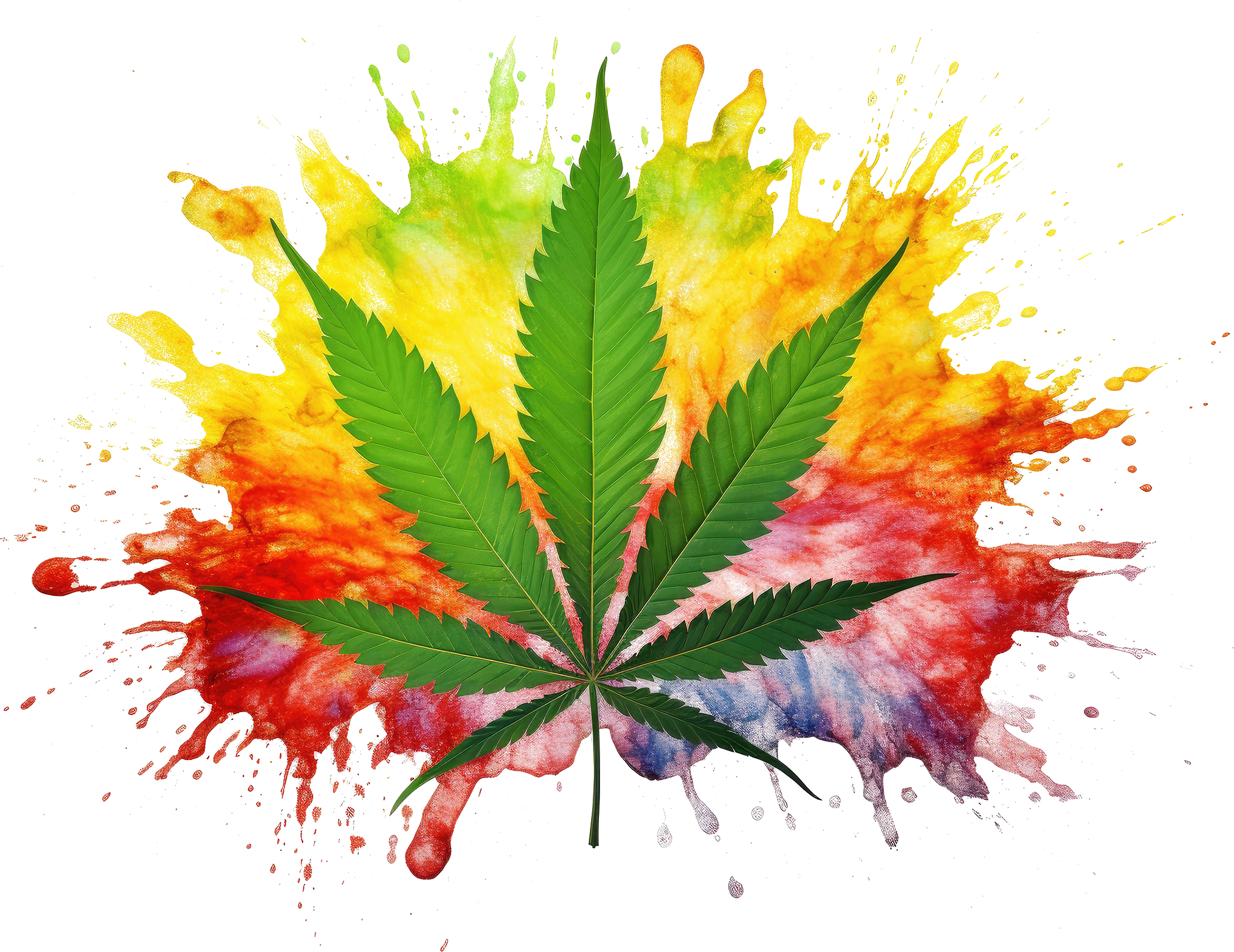The Unique Pharmacological Benefits of Whole Plant Cannabis Medicine
When discussing medical cannabis, the terms delta-9-tetrahydrocannabinol (THC) and more recently, cannabidiol (CBD), have become the most popular and most studied constituents of this unique plant-based medicine. Since 1964, when Mechoulam and Raphael isolated and synthesized THC (the psychoactive component of cannabis), it has been the focal point of cannabis research (Russo, 2011). The analgesic, antiepileptic and anti-inflammatory properties of CBD along with its lack of psychoactivity (it doesn’t get users “high” or “stoned”) have also made it a novel compound in the advocacy and push for medical cannabis legislation and increased patient access (Russo, 2011) (Welty et al., 2014). However, studying these phytocannabinoids (e.g. THC, CBD, THC-V, CBG, CBN, etc…) in isolation does not help us fully elucidate or even understand the mechanisms by which cannabis exerts its physiologically and psychologically therapeutic effects. The real story is much more sophisticated and complex, involving a synergy not only between the aforementioned phytocannabinoids, but also their interactions with the different terpenoid profiles characterizing each cannabis plant. Terpenoids share a precursor with phytocannabinoids and are the flavor and fragrance components that are commonly prevalent in human diets. While they have been designated “Generally Recognized as Safe by the US Food and Drug Administration and other regulatory agencies”, terpenoids are actually quite potent, and can affect animal and even human behavior simply when inhaled from ambient air at concentration levels in the single digits ng/mL−1 (Russo, 2011). It is this diverse and unique combination of terpenes and phytocannabinoids and their synergistic potential that give cannabis its versatility and wide-ranging therapeutic benefits (Russo, 2011).
Humans have their own internal receptor system that responds to cannabinoids called the endocannabinoid receptor system. It is responsible for modulating a variety of bodily and cognitive processes. The two major endogenous cannabinoids (i.e. cannabinoids that are naturally produced by the human body), anandamide and 2-AG, act on our cannabinoid receptors and regulate things like cognition, learning and memory in the brain (Mechoulam & Parker, 2013). Exogenous cannabinoids, such as THC and CBD, which are active constituents of the cannabis plant (also called phytocannabinoids), also act on this internal cannabinoid receptor system of ours and externally modulate these processes (for better or for worse). There are two types of cannabinoid receptors; CB1 receptors (which are laden throughout the enteric nervous system, sensory terminals of vagal and spinal neurons) regulate neurotransmitter release and CB2 receptors, which are mainly found in immune cells “with a role that presently still difficult to establish” (Massa & Monory, 2006). Beyond THC and CBD, there are a plethora of cannabinoids that the cannabis plant may contain and different combinations and permutations of concentrations these cannabinoid are in play a significant role in the therapeutic effects
So how can a plant like cannabis potentially play such a diverse treatment role across a variety of health conditions?
By Gaurav Dubey
References
Ahmed, W., & Katz, S. (2016). Therapeutic use of cannabis in inflammatory bowel disease. Gastroenterology & Hepatology, 12(11), 668-679.
Massa, F., & Monory, K. (2006). Endocannabinoids and the gastrointestinal tract. Journal of Endocrinological Investigation, 29(3 Suppl), 47-57.
Mechoulam, R., & Parker, L. A. (2013). The endocannabinoid system and the brain. Annual Review of Psychology, 64, 21-47. doi:10.1146/annurev-psych-113011-143739 [doi]
Naftali, T., Bar-Lev Schleider, L., Dotan, I., Lansky, E. P., Sklerovsky Benjaminov, F., & Konikoff, F. M. (2013). Cannabis induces a clinical response in patients with crohn’s disease: A prospective placebo-controlled study. Clinical Gastroenterology and Hepatology : The Official Clinical Practice Journal of the American Gastroenterological Association, 11(10), 1276-1280.e1. doi:10.1016/j.cgh.2013.04.034 [doi]
Rosenberg, E. C., Tsien, R. W., Whalley, B. J., & Devinsky, O. (2015). Cannabinoids and epilepsy. Neurotherapeutics : The Journal of the American Society for Experimental NeuroTherapeutics, 12(4), 747-768. doi:10.1007/s13311-015-0375-5 [doi]
Russo, E. B. (2011). Taming THC: Potential cannabis synergy and phytocannabinoid-terpenoid entourage effects. British Journal of Pharmacology, 163(7), 1344-1364. doi:10.1111/j.1476-5381.2011.01238.x [doi]
Welty, T. E., Luebke, A., & Gidal, B. E. (2014). Cannabidiol: Promise and pitfalls. Epilepsy Currents, 14(5), 250-252. doi:10.5698/1535-7597-14.5.250 [doi]

